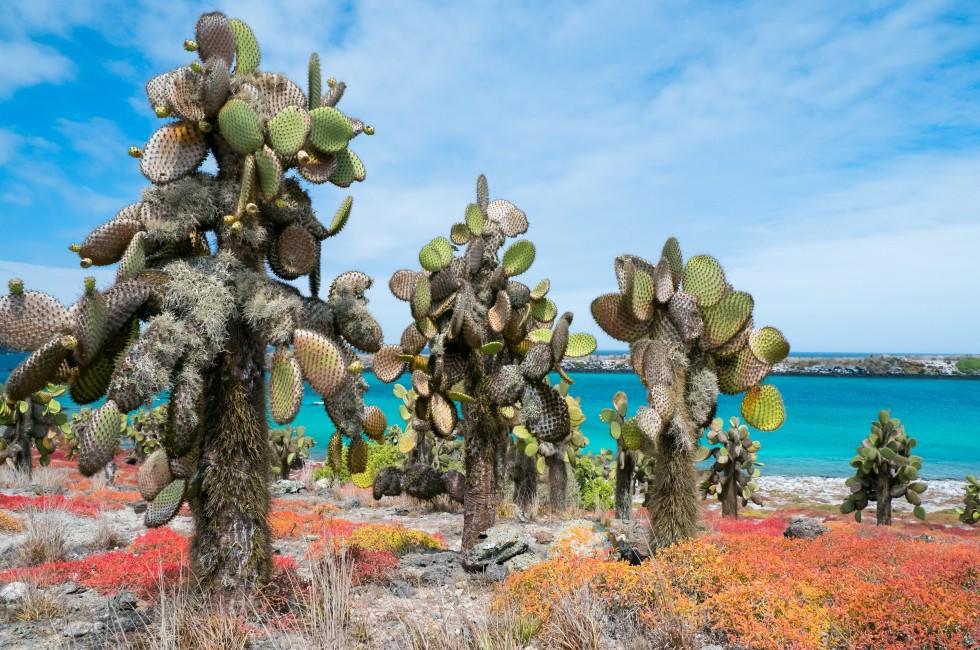The Galápagos Islands
The Galápagos Islands
A zoologist's dream, the Galápagos Islands afford a once-in-a-lifetime chance to witness animals found nowhere else on the planet. From the moment you step onto these dazzling shores, you're confronted by giant tortoises basking in the sun, lava lizards darting between rocks, and frigates swooping overhead. No one who has walked among these unique creatures will ever forget the experience.
Tourism began in a limited fashion after the Ecuadoran government declared the islands a national park in 1959. Some six decades later, the Galápagos copes with more than 170,000 visitors each year. The delicate balance that exists here is difficult to overstate. Ecologists are concerned that the steadily increasing number of tourists will prove destructive to the irreplaceable environm...
Read More
A zoologist's dream, the Galápagos Islands afford a once-in-a-lifetime chance to witness animals found nowhere else on the planet. From the moment you step onto these dazzling shores, you're confronted by giant tortoises basking in the sun, lava lizards darting between rocks, and frigates swooping overhead. No one who has walked among these unique creatures will ever forget the experience.
Tourism began in a limited fashion after the Ecuadoran government declared the islands a national park in 1959. Some six decades later, the Galápagos copes with more than 170,000 visitors each year. The delicate balance that exists here is difficult to overstate. Ecologists are concerned that the steadily increasing number of tourists will prove destructive to the irreplaceable environment, as will introduced animals—goats, cats, pigs, dogs, and rats—which interrupt the islands' natural food chain. While more than 250,000 giant tortoises once roamed the islands, there are fewer than 15,000 today due to human hunting and newly introduced predators. El Niño currents also affect marine life, especially in unusually warm years, by raising water temperatures, killing thousands of fish and destroying the food source for marine birds. The Charles Darwin Research Station, based on Santa Cruz, works to mitigate the effects of human-made and natural disasters and is dedicated to conserving the fragile ecosystem.









